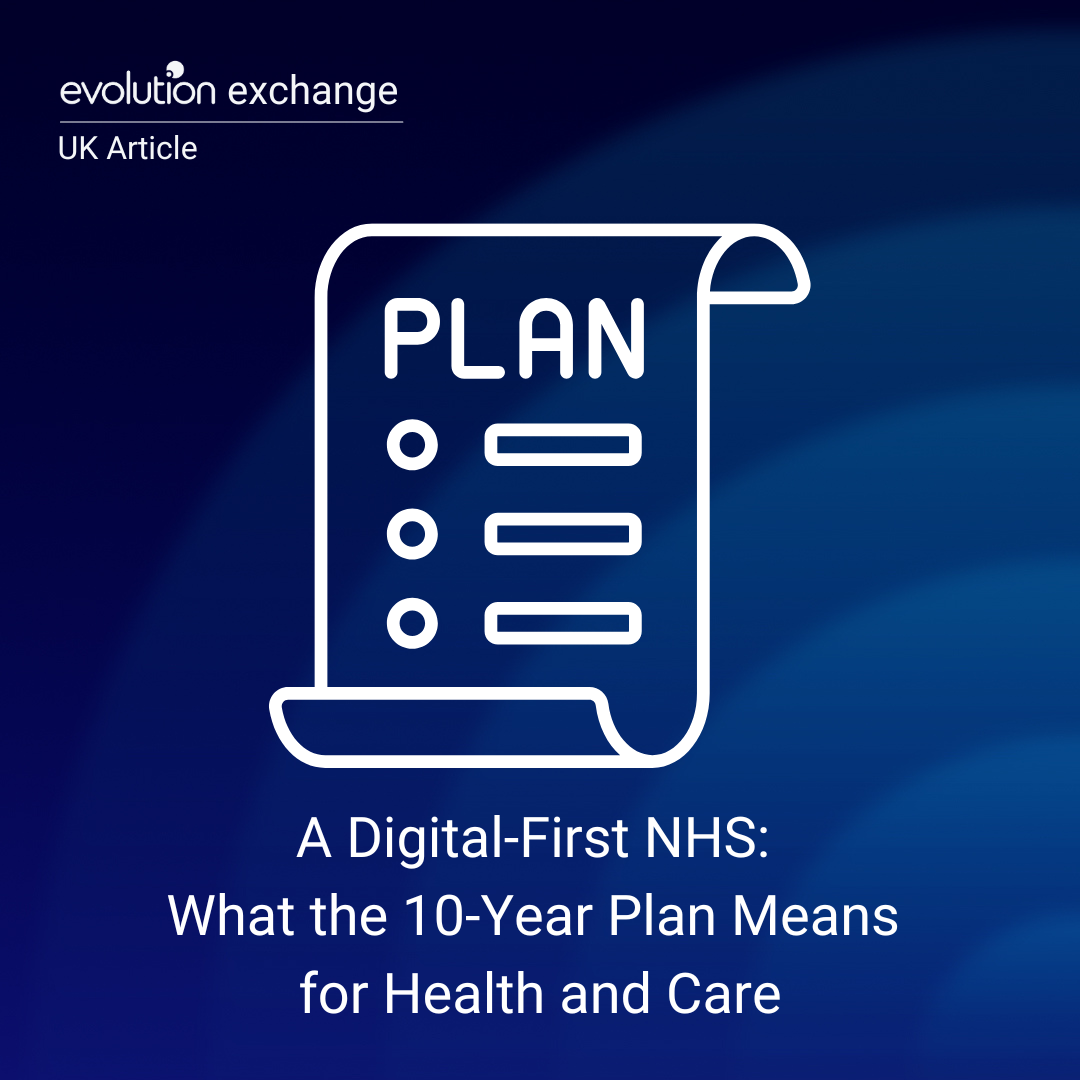As healthcare organisations across the UK face rising demand and operational pressures, the need for cohesive and systematic approach to digital transformation has never been greater. Each of these areas plays a critical role in shaping a strong, adaptable foundation for change.
Understanding Assets
The first step in any digital transformation is to thoroughly assess current assets, including infrastructure, hardware, software, data, and workforce capabilities. While physical assets are important, a comprehensive approach also requires evaluating intangible resources, such as organizational knowledge and data accessibility. Identifying sticking points—like outdated systems, fragmented data, or limited system integration—is crucial for laying a solid foundation for transformation. By addressing these challenges early, organizations can take proactive steps to close gaps and ensure future readiness.
Supporting People & Addressing Skill Gaps
While technology plays a pivotal role in digital transformation, it’s the people within the organisation that ultimately drive change. A key focus must be on understanding the skill gaps across the workforce and providing the necessary training and support.
Resistance to change is often deeply rooted in concerns over new systems and processes. Therefore, investing in people through continuous learning and development is essential to ensure that teams have the knowledge and confidence to adopt new technologies. Empowering staff at all levels to embrace digital change creates a culture of innovation, reducing resistance and fostering greater collaboration.
Refining Processes
Successful digital transformation also requires rethinking organisational processes to ensure they align with new technologies. Process optimisation should focus on efficiency, clarity, and seamless integration across departments. Standardising workflows, and ensuring data flows effortlessly across systems are all key steps in this phase. Engaging stakeholders throughout this process ensures that changes are both practical and relevant, and fosters buy-in across the organisation.
Establishing Governance
With assets, people, and processes understood, governance becomes the critical framework that ensures alignment with regulatory requirements, accountability, and consistent decision-making. A robust governance structure is essential for tracking the progress of initiatives, managing risks, and ensuring that digital transformation stays on course. Governance needs to be adaptive, data-driven, and scalable, with clearly defined roles and responsibilities. A well-structured governance model helps organisations prioritise initiatives, allocate resources efficiently, and manage both compliance and quality control across digital projects.
Building a Data-Informed Strategy
Finally, the strategy must be data-informed and aligned with the organisation’s goals. A data-driven approach enables informed decision-making, helping to prioritise the most impactful initiatives and monitor progress toward long-term objectives. This approach also allows for greater agility, ensuring that the strategy can evolve as new insights emerge and external conditions change. A robust strategy not only focuses on technology but also on the people and processes that drive sustainable success.
Final Thoughts
In this “circle of conversations”—from understanding assets and addressing skill gaps to refining processes, establishing governance, and building a data-driven strategy—each element plays a vital role in driving NHS digital transformation. By focusing on both the technical and human factors involved, healthcare organisations can create a solid foundation for long-term, informed, sustainable digital change.
































